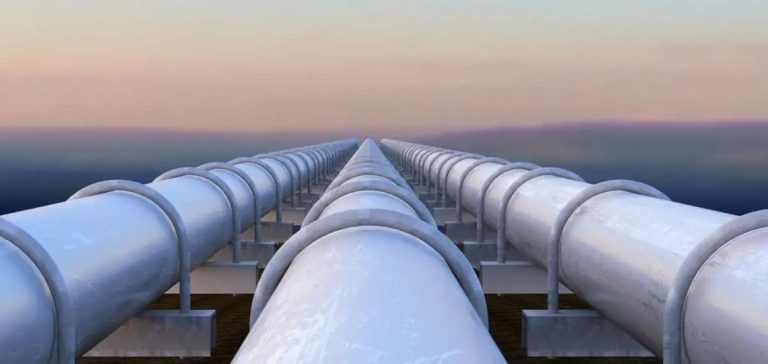New Zealand Energy Corp. (“NZEC”) has initiated operations to drill the conventional Tariki-5 gas well, located in the Taranaki region, in the north of New Zealand. The project is managed in collaboration with L&M Energy Limited, with each company holding a 50% stake in the “Tariki” joint venture. Monumental Energy Corp., which owns 8.63% of NZEC, considers this development strategic for strengthening its position in the New Zealand gas sector. The well is planned to reach a total depth of 2846 meters over a 27-day period.
The well is designed to target two distinct geological formations. The first section aims at the Tikorangi Limestone, a secondary reservoir, which will be crossed between October 12 and 14, 2024. This phase is primarily focused on collecting geological data. The second formation, the Tariki Sandstone, is the primary objective. Scheduled between October 16 and 21, 2024, this segment will be evaluated to estimate the recoverable gas reserves. The success of this campaign could provide NZEC with an additional financial lever for its regional operations.
Integration into the Existing Gas Network
The gas extracted from Tariki-5 is expected to be rapidly transported to New Zealand’s main network. NZEC has already completed the necessary agreements for gas transportation, facilitating immediate commercialization of the extracted volumes. Genesis Energy, a major buyer, has been confirmed as the primary client for the gas produced. This agreement mitigates commercialization risks while ensuring a more predictable profitability for the project.
Monumental Energy, for its part, is closely observing the evolution of these operations. With an average acquisition cost of $0.46 per share, the project’s success could lead to a revaluation of its portfolio. This strategy enables Monumental to diversify its assets in a growing market, while supporting local development of gas resources. This positioning is particularly relevant in the current context, where natural gas remains a key component of New Zealand’s energy mix.
Production Timelines and Short-Term Outlook
Projections indicate that all drilling and well completion operations will be finalized by October 26, 2024. Once this stage is completed, production tests will be conducted to evaluate the well’s performance. If the results meet expectations, gas could be brought into production by mid-November. This quick execution is facilitated by the presence of existing infrastructures, enabling a smooth integration into the national grid, thus optimizing the return on investment.
The New Zealand natural gas market is currently marked by strong demand, driven by growing energy needs and efforts to secure local supply. NZEC, in partnership with L&M Energy, could capitalize on this favorable context. The joint venture’s development strategy aims to increase local production and reduce dependence on imports. Upcoming stages will also include additional perforations and site optimization to maximize resource recovery.
Financial Stakes and Growth Opportunities
The success of Tariki-5 could also open new opportunities for the partners involved. Monumental Energy might consider increasing its stake in the event of positive results, while securing outlets for potential future projects. The Taranaki region remains one of the most explored sedimentary basins in New Zealand, and this development could encourage other stakeholders to increase their investments in the sector.
This project is closely watched by investors, as it reflects the current dynamics of the New Zealand gas sector. If the flow tests confirm initial forecasts, it could strengthen the region’s attractiveness for new exploration and production projects. In the medium term, Tariki-5’s results will serve as a benchmark for assessing the commercial potential of similar formations.






















